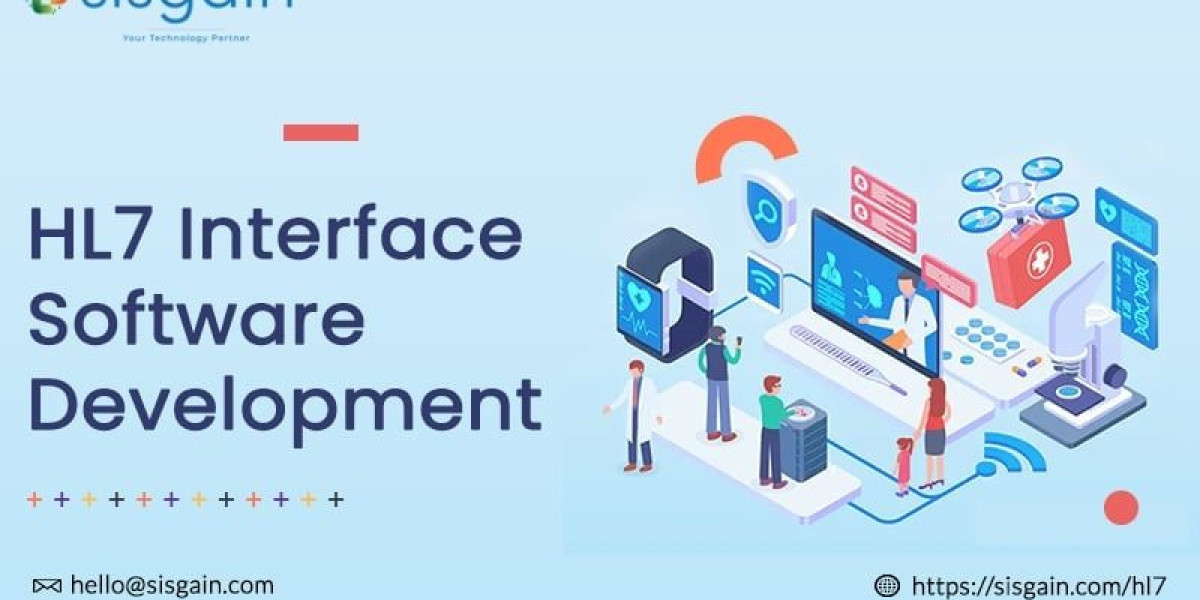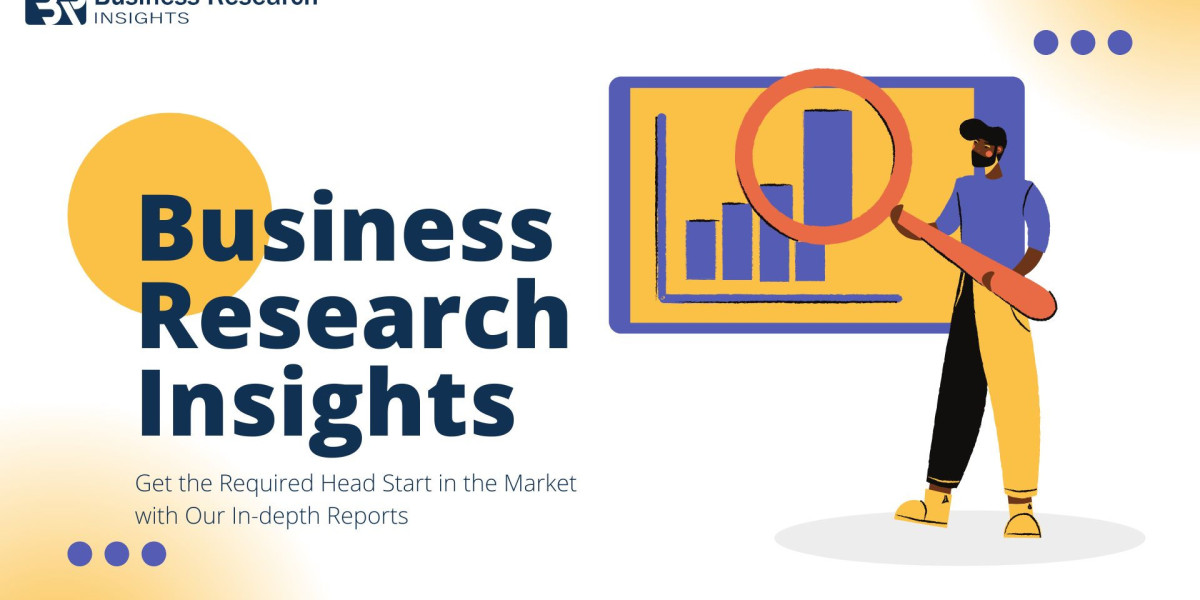In the world of healthcare technology, efficient and accurate data exchange is crucial for providing quality patient care. Health Level 7 (HL7) has emerged as the de facto standard for data interoperability in the healthcare industry. HL7 integration plays a vital role in connecting disparate systems, enabling the seamless exchange of medical information between healthcare providers, hospitals, laboratories, and other healthcare entities. In this blog, we will explore the tools and technologies that make HL7 integration easy and efficient, empowering healthcare organizations to streamline their development processes.
Before we delve into the tools and technologies, let's understand what HL7 integration entails. HL7 is a set of international standards for the exchange, integration, sharing, and retrieval of electronic health information. It defines a framework and protocols for transmitting clinical and administrative data among various healthcare systems. HL7 messages are typically used to exchange data such as patient demographics, laboratory results, diagnoses, and treatment plans.
Now, let's explore the tools and technologies that simplify HL7 integration:
1. HL7 Interface Engines: An HL7 interface engine is a software application designed to facilitate the exchange of HL7 messages between different healthcare systems. It acts as a bridge, transforming data from one system's format into the appropriate HL7 message format and vice versa. Interface engines provide a graphical interface to map data fields, apply transformations, and manage the routing of HL7 messages. Some popular HL7 interface engines include Mirth Connect, InterSystems Ensemble, and Orion Health Rhapsody.
2. API-Based Integration: Application Programming Interfaces (APIs) have become a prevalent method for integrating disparate systems across various industries, and healthcare is no exception. HL7 integration can be achieved using APIs that expose HL7 message endpoints, allowing systems to communicate directly with each other. This approach simplifies the integration process by abstracting away the complexities of HL7 message parsing and handling. Healthcare organizations can build custom integrations or leverage third-party API platforms to connect their systems seamlessly.
3. FHIR (Fast Healthcare Interoperability Resources): FHIR is a standard developed by HL7 for exchanging healthcare information in a modern and interoperable way. FHIR utilizes modern web technologies such as RESTful APIs, JSON, and XML to enable easy and efficient data exchange. It offers a flexible data model and a rich set of resources for representing different aspects of healthcare, including patients, practitioners, medications, and clinical observations. FHIR has gained significant traction in recent years and is increasingly being adopted by healthcare organizations for HL7 integration.
4. Cloud-Based Integration Platforms: Cloud-based integration platforms provide a scalable and flexible infrastructure for HL7 integration. These platforms offer pre-built connectors and adapters for HL7 systems, simplifying the development and deployment of integration solutions. They also provide monitoring and management capabilities, ensuring the reliability and performance of HL7 interfaces. Cloud-based integration platforms like Microsoft Azure Integration Services, IBM Integration Bus, and Dell Boomi have gained popularity in the healthcare industry for their ease of use and robust integration capabilities.
5. HL7 Development Companies: When healthcare organizations lack the internal expertise or resources to handle HL7 integration, they can turn to specialized HL7 development companies. These companies have extensive experience in building HL7 interfaces and can provide end-to-end integration solutions tailored to specific requirements. They possess in-depth knowledge of HL7 standards, interface engine technologies, and industry best practices, ensuring seamless and efficient data exchange between healthcare systems. Collaborating with an HL7 development company can accelerate the integration process and free up internal resources for other critical tasks.
In conclusion, HL7 integration is a vital component of modern healthcare systems, enabling the exchange of crucial patient data between different entities. By leveraging tools and technologies such as HL7 interface engines, APIs, FHIR, Cloud-based integration platforms, and collaborating with HL7 development companies, healthcare organizations can streamline their development processes and achieve seamless data interoperability.








